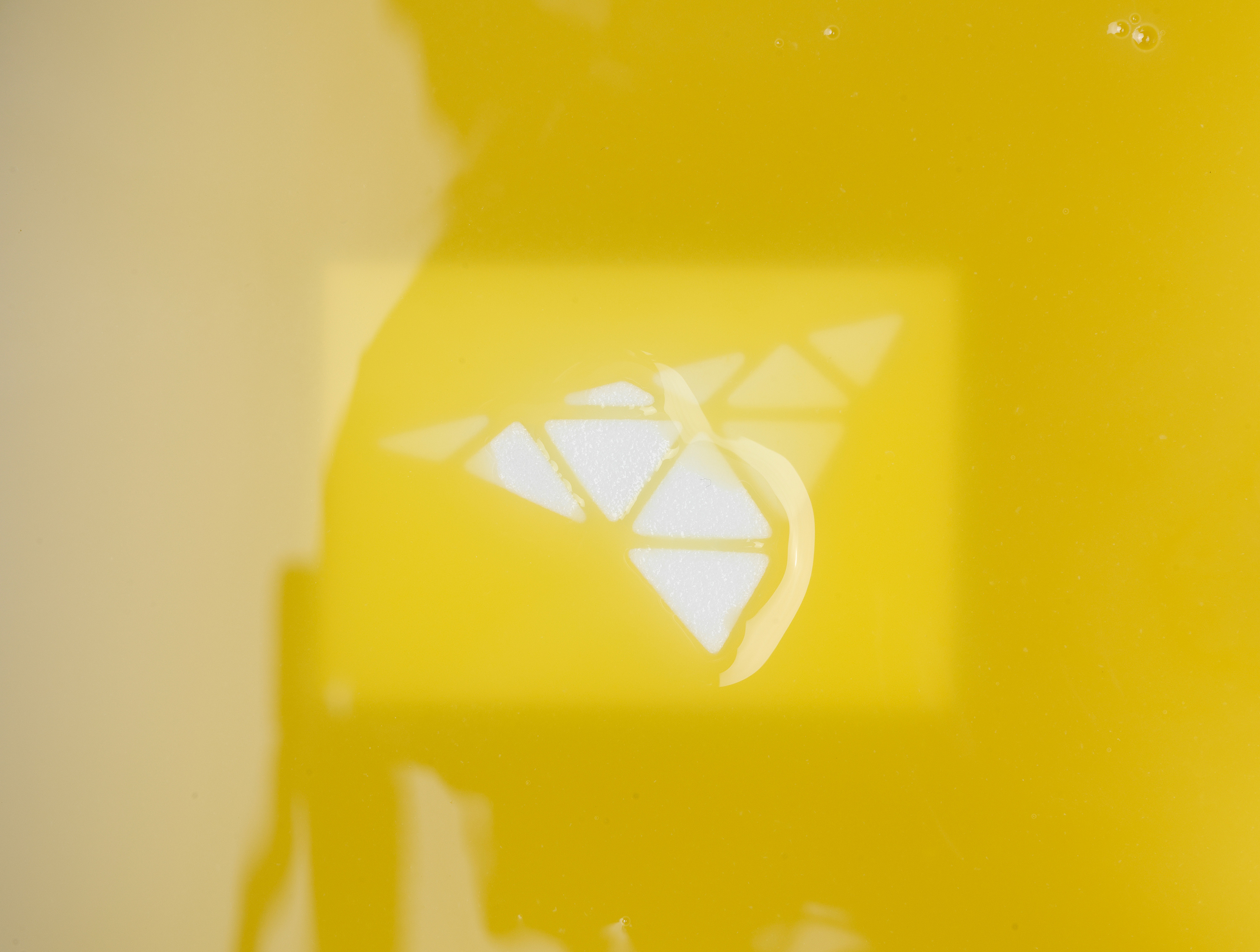Areas of Application
Smooth surfaces and detailed, intricate structural representations with minimal deviation from the 3D model have made stereolithography a popular method for the additive production of technical prototypes or design studies for years. Especially in innovation-driven industries such as medicine, mechanical engineering or automotive engineering, rapid prototyping with the SLA process has proven its worth, since it is possible to produce informative physical models in no time for assessing function and geometry. If potential for improvement becomes apparent in the test phase, changes and further developments can be transferred directly to the 3D model and implemented thanks to the CAD-based work process. Due to the excellent surface properties of the 3D object, post-processing is usually not necessary.
Get more information about the method and technology.
Complex Shapes
The integration of support structures into the production process also leads to complex shapes such as overhangs and undercuts, which cannot be reproduced (or only painstakingly) in conventional ablative machining processes (CNC milling, turning, grinding). In this way, new degrees of freedom are being opened for the design process that are driving the innovation process forward.
SLA Objects Are Used in These Industries
Thanks to their exceptionally smooth surfaces and high precision, the components produced in the SLA process are very well suited as master models for copying technologies such as vacuum casting, e.g. for tool inserts and components for the injection molding process. Components from the stereolithography process are also used for automotive housings, car body parts, dashboard assemblies and electronic housings.
